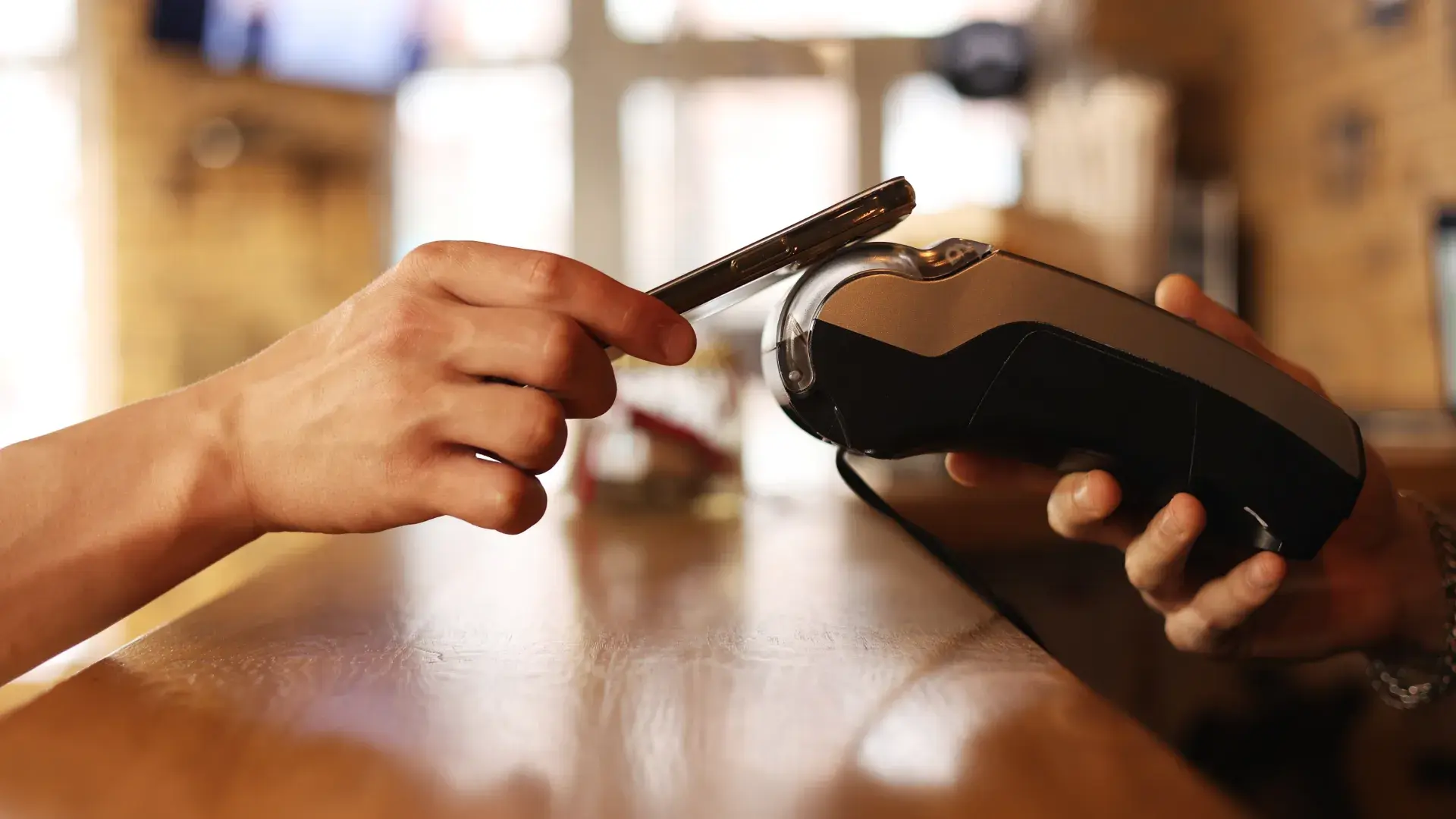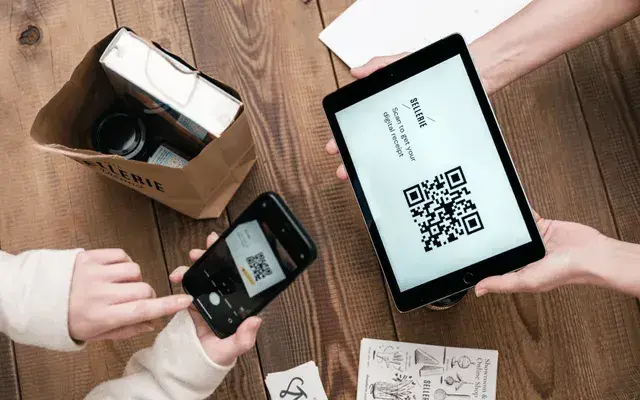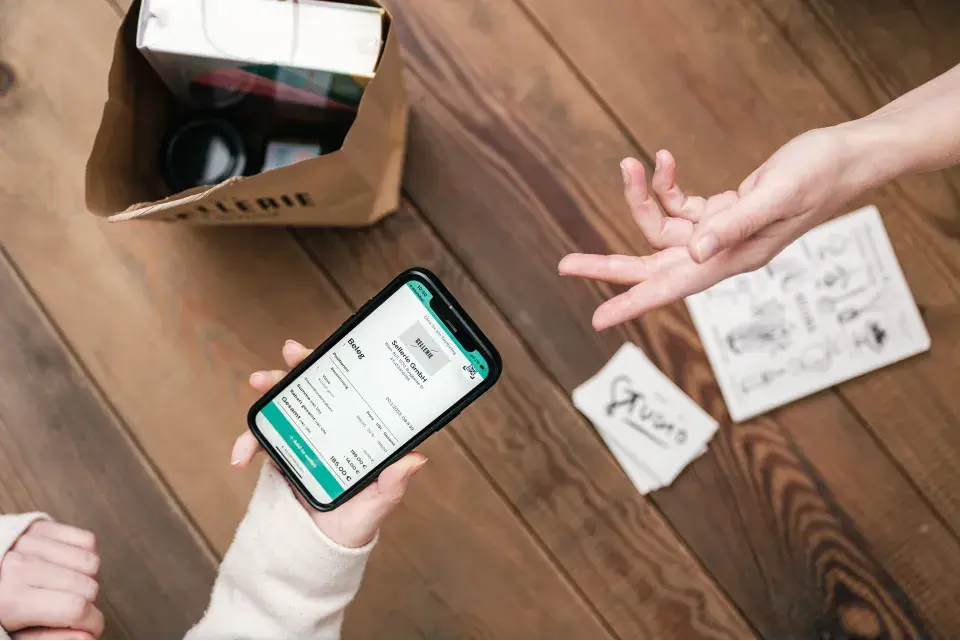
Digital receipt automation and the power of consumer centricity
Picture this - you've just made a purchase and, instead of fumbling with a paper receipt that's destined to fade in your wallet, you receive a notification on your phone with a digital receipt, neatly stored on your phone. How often do you encounter this situation in your daily life? The concept of digital receipts, though well on its way to becoming the norm, has not yet firmly established itself, compared to traditional paper receipts in consumer transactions. But for merchants, POS vendors, and retailers, it's crucial to understand why these electronic receipts are more than a convenience - they represent the rapidly evolving landscape of consumer engagement. After all, with the increasing digitization of transactions and payment processes, why is the receipt still so often a paper slip?
The current state of the digital receipt (2024)
According to figures from EHI Retail Institute's 2022 study on POS systems, nearly 34% of merchants offer a digital receipt option, with an even higher number in 2024. According to the prognosis, about 95% plan on offering their customers an electronic receipt in the future.
Recent developments in the field of e-receipts
In order to understand the adoption behavior, let’s have a look at the history of electronic receipts.
- Before 2015: Basic digital receipts were delivered via e-mail.
- 2015: New forms of transmittal are starting to be used, anonymous receipt delivery via easy scanning of a QR code is now an option for data-sensitive customers.
- 2021: E-receipts are introduced to the mass market, and big retailers are starting to implement digital receipts in their apps, mostly tied to a loyalty program. The loyalty card is scanned at the checkout counter and the receipt is delivered automatically to the retailer’s mobile app. For customers, however, this requires constantly switching between multiple apps for each retailer they buy from.
- 2021-2023: Digital receipts increasingly include new benefits and functionalities, such as lead generation, marketing to anonymous customers, and online marketing in offline stores.
- 2023: Sustainability regulations such as the French “Anti-waste law” are raising consumer awareness – in France, printed receipts now only need to be issued when explicitly asked for by the customer and are replaced by digital receipts.
- 2024: What’s next?
The electronic receipt today (2024)
Despite the advantages and momentum on the regulatory side, digital receipts are not yet the standard, with only 34% of merchants offering them. The common question "Do you need a receipt?" will remain, as consumers are prompted to scan a QR code or enter an email address, yet many may still opt not to take the receipt, digital or not.
Today's e-receipts are designed more for the seller, focusing on lead generation and marketing, rather than consumer needs, which might explain the lack of receipt standardization. The promised features for consumers, such as standardized receipt formats, cross-application functionality, expense management, and better budgeting, along with expense management, are still missing, highlighting a gap in fulfilling consumer expectations and needs.
The missing link: Automated delivery
While retailer apps are taking steps towards a more automated future – with consumers making a conscious decision once to enable the digital receipt in the app and then receiving their receipts automatically –, the true potential of automation, particularly at the checkout, has yet to be fully realized.
The simplest, yet most effective way to achieve this is through a direct connection to the payment process. At fiskaly, our vision is to unify all these players (payment providers, payment networks, issuers, POS vendors and merchants) to develop a solution that facilitates automated receipt delivery directly into any app, triggered by card or mobile payments.
Imagine this customer experience:
- The customer enables the digital receipt plugin in their preferred mobile wallet
- They go shopping at a merchant offering a digital receipt
- At the checkout, the customer pays with their card
- After successful payment, the customer gets a notification that the digital receipt has been delivered to the mobile wallet
- They leave the store — knowing that all their receipts can be found and accessed afterwards without any additional steps necessary
This innovation should not be reserved for large retailers alone. Every mobile wallet, bank, and expense management app should be capable of receiving, collecting, and organizing receipts for their users. By automating the receipt delivery process, we can significantly enhance the value proposition for all stakeholders involved, making the retail experience smoother, more enjoyable, and environmentally friendly.
fiskaly’s digital receipt solution
At fiskaly, our approach is to build an infrastructure enabling merchants and POS vendors to generate digital receipts. This can be achieved either through the fiskaly eReceipt API or by integrating their already existing solutions, subsequently syncing the digital receipt with fiskaly and extending their customer base to non-loyalty users. For card payments, receipts are automatically matched to the corresponding transaction on the user’s card. These receipts are then distributed to all applications where the user has activated the digital receipt plugin.
We define an interface that transcends our API, inviting POS vendors and merchants with their proprietary solutions to collaborate. By aligning their digital receipt systems with fiskaly, their customers can enjoy the benefit of seamlessly matched receipts that are delivered automatically.
Where is the future heading for digital receipts?
Current trends not only push towards the adoption of digital receipts but also underscore the importance of automating receipt delivery. We're witnessing an increased reliance on mobile wallets and the rise of super apps, coupled with a shift towards card payments and mobile payments — trends that are also taking hold in the DACH region.
Payments are often made directly from mobile wallets, which allows for a seamless inclusion of digital receipts into the process. Additionally, the trend toward cloud POS systems and self-service devices is evident. There's also a growing demand for personalized marketing; more consumers want ads tailored to their preferences. This desire for personalization can be enhanced further; we just need to ensure that the receipt actually reaches the intended user.
The path forward: The digital receipt for customer engagement
As we have seen, despite their numerous benefits, digital receipts have yet to become the standard. The primary issue lies in their product focus, they are created with the merchant in mind, offering little to no advantages for consumers. This raises the question: why should consumers opt for them?
Moving forward, the future of digital receipts is heading towards automated delivery. A single, conscious decision by the consumer could enable the automatic and background collection of all receipts, simplifying the process and enhancing user experience.




